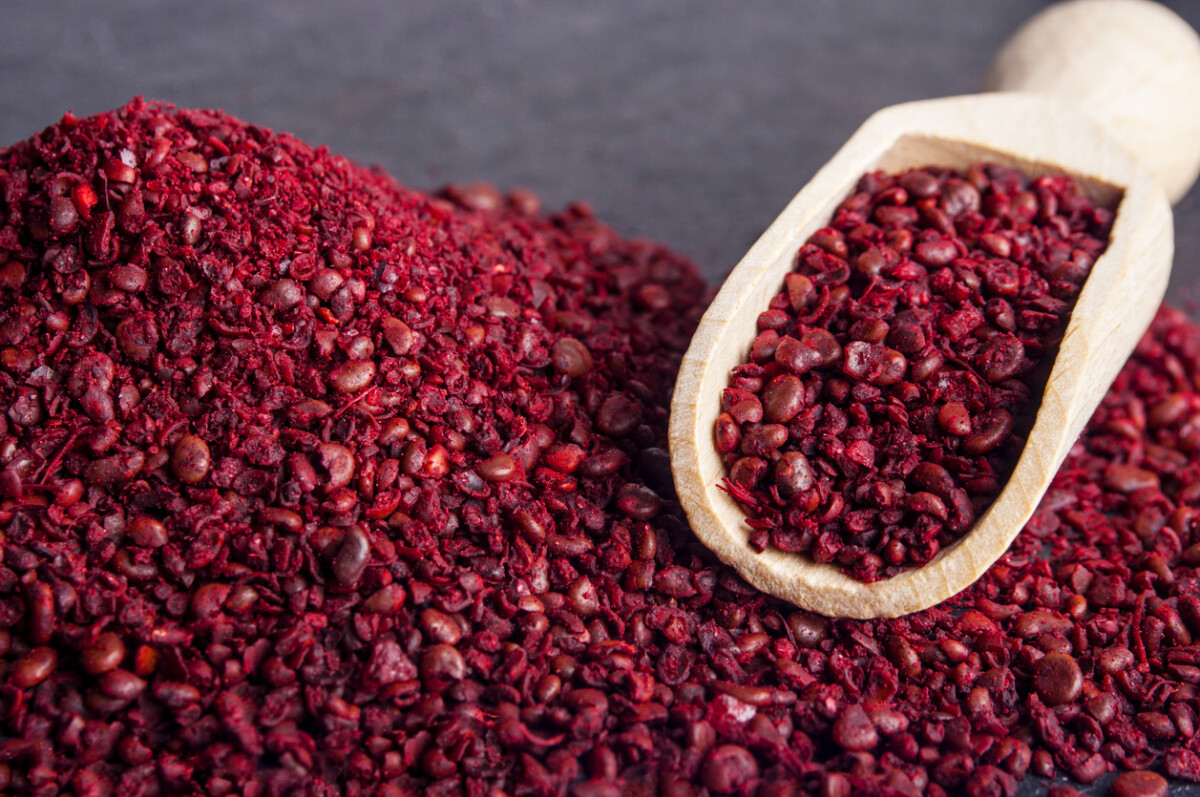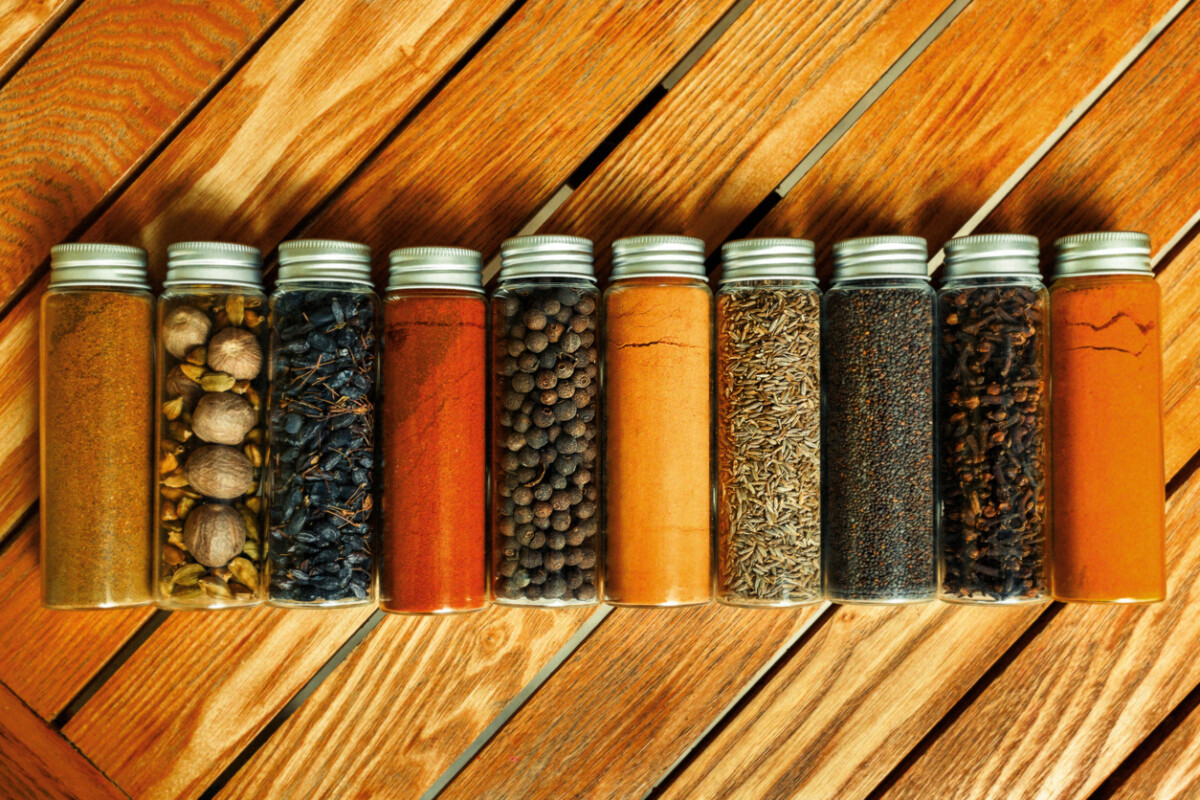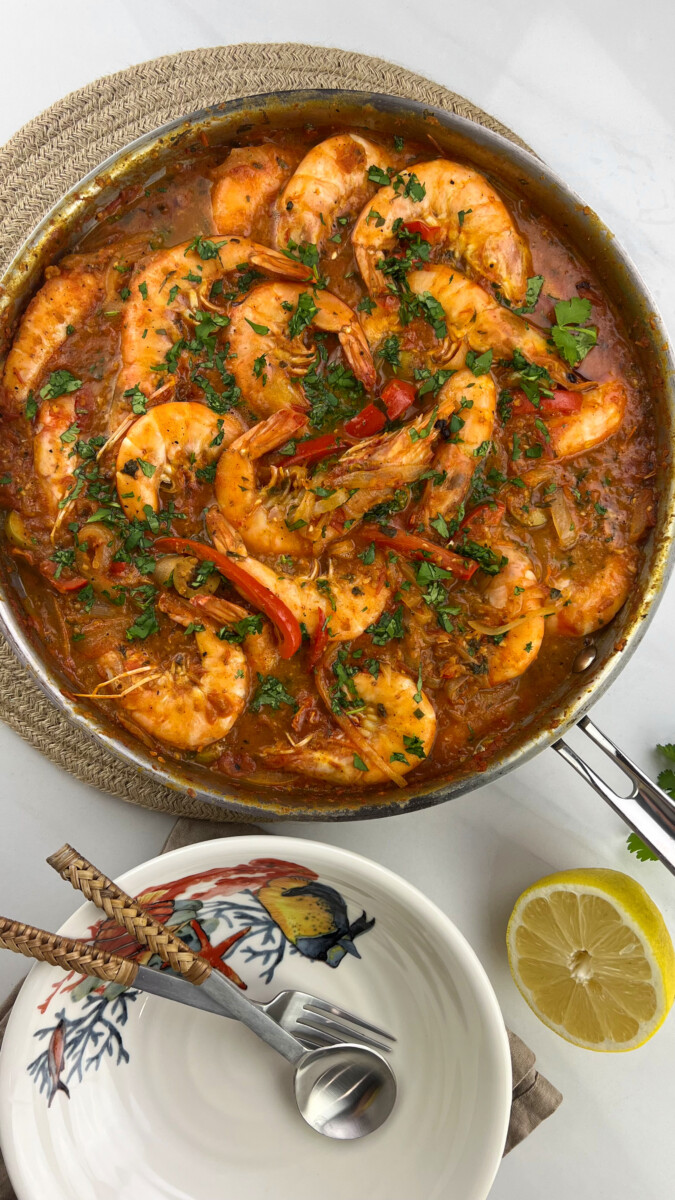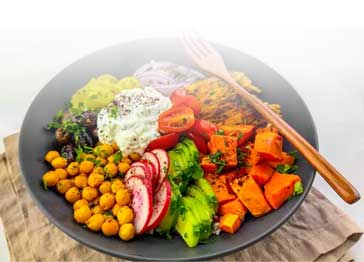
Spice Market
The spice shops in Jordan were portals to hidden worlds. Sunlit sacks overflowed with vibrant jewels – cinnamon’s warm glow, saffron’s fiery threads, turmeric’s golden gleam. Each held a whisper of distant lands, a promise of untold stories in their fragrance. The air thrummed with the musky aroma of cloves, the citrusy hum of coriander, and the earthiness of cumin – a symphony of smells that ignited my senses and awakened a hunger for adventure. Between those sacks, I learned that spices weren’t just ingredients; they were keys to unlocking cultures, memories, and a world of boundless flavor.
Years later, this hunger would lead me on a vibrant journey through the Mediterranean spice tapestry, one aromatic step at a time. My Aunt Dunia ruled the kitchen with a pinch of this, a sprinkle of that – her secret weapon, a warm spice mix called “hewaja.” Fifteen whispers of sun-kissed treasures, toasted and ground by generations of loving hands. Just a puff of its earthy magic and simple meals soared off the table, swirling with the scents of faraway lands. It wasn’t fancy, just pure kitchen alchemy, whispered down through the ages, a secret language spoken only by kin.
Though my auntie’s blend may be locked in whispers shared only by kin, the magic of spices knows no bounds. Come, dear reader, let’s embark on a journey through the Mediterranean’s sun-soaked soul, where each region hums its song of flavor. We’ll unlock the secrets of these fragrant alchemists, turning our kitchens into canvases of vibrant memories, whispers of faraway lands, and tastes that dance on the tongue.
Open your pantry doors, gather your spoons, and prepare to be enchanted. The Mediterranean spice adventure awaits!

Heap ground sumach
1-Sumac: Sunshine in Spice Form
Imagine lemon zest kissed by the Mediterranean sun, then burst into this vibrant crimson powder. That’s sumac, offering a citrusy tang with an earthy warmth. Sprinkle it on grilled meats and veggies for a zesty twist, or toss it into fattoush salad with tomatoes and cucumbers for a tangy tango. But its magic doesn’t stop there. Sumac lends a refreshing contrast to the rich chicken and onions in Palestinian musakhan and even brings a bright touch to roasted peaches or yogurt desserts. So, grab your pinch and let this sunshine in spice form transform your kitchen into a vibrant canvas.
2- Ras el Hanout: Morocco Magic Mix
Imagine up to 30 spices waltzing in a jar, earthy cumin twirling with floral rose buds, fiery chilies salsa-ing with sweet cinnamon. This ancient Moroccan blend passed down like a secret song infuses tagines and stews with rich warmth, adds vibrancy to couscous, and even elevates curries and roasted veggies. Don’t be shy; unlock the mystery and let Ras el Hanout orchestrate flavor magic in your kitchen.
3-Harissa: North African Firestarter
This fiery red paste packs a punch of sun-dried chilies, garlic, and secret spices. It adds depth and gentle heat to dips, marinades, stews, and couscous. Think smoky warmth, vibrant kick, and versatile flavor companion – all year round. Pro Tip: Start with a pinch; the flame grows quickly!
4-Cumin: Earthy Warmth
A toasty aroma, earthy richness, and a hint of citrus–cumin weaves magic into savory stews and vibrant salads. This ancient spice, a cornerstone of Mediterranean kitchens, adds depth and soul to every dish. A versatile maestro, it plays starring roles in falafel and curries but whispers warmth even in roasted veggies and lentil soups. So, embrace cumin’s magic, one toasty grain at a time.
5-Coriander: Tiny Twister of Citrus
These tiny seeds might be small, but their citrus punch packs a wallop! Coriander brightens curries, stews, dressings, and even surprises in Moroccan carrot salad. Crush them for an instant zing, and toast whole seeds for warm depth. Mimic its sunshine with a whisper of orange zest, but remember, nothing quite captures its unique spark. Unleash the citrus magic in your kitchen!

A tajine served with couscous, chicken, coriander, pickled lemon, zucchini, chickpeas, and spices
6-Paprika: Warm and Flavorful
Once humble peppers, now a vibrant red paintbox, paprika infuses dishes with smoky warmth and earthy depths. This New World ambassador dances in Hungarian goulash, Spanish paella, and even deviled eggs. Mimic its heat with cayenne and smoke, but remember, paprika’s vibrant magic is truly irreplaceable.
7- Saffron: The Golden Elixir
Red gold woven from delicate flowers and saffron-infused dishes has a luxurious floral essence and vibrant hue. Paella, risotto, and even desserts bow to its potent charm. You can mimic its color with turmeric and paprika, but remember, a little of this sun-kissed treasure goes a long way.
8-Red Pepper Flakes: The Fiery Essence
Sun-dried chilies ignite dishes with fiery flecks of heat. Red pepper flakes, beloved from pizza to pasta, add instant zing – sprinkle with caution, and it builds! Crushed red pepper or cayenne can stand in, but remember, this fiery essence is irreplaceable.
9- Cardamom: The Fragrant Jewel
Cardamom is a tiny pod from India that holds a symphony of citrus, floral, and warm spice. Crack one open and unleash this fragrant jewel in rice, roasting lamb, or your morning coffee. Substitute with cinnamon and nutmeg, but remember, there’s no replicating this exotic allure.
10-All Spice: A Warming Tapestry
Allspice brings a delightful dance of warm spice, sweetness, and a hint of pepper to the vibrant tapestry of Mediterranean flavors. A cherished staple, it adds complexity to savory dishes like slow-cooked stews, roasted lamb, and fragrant tagines. At the same time, you can mimic its essence with a blend of cinnamon, cloves, and nutmeg; nothing quite like Allspice’s irreplaceable sunshine to your Mediterranean culinary creations.

Traditional Spanish paella with seafood and chicken.
11- Aleppo Pepper: A Gentle Heat
Aleppo pepper, a Middle Eastern maestro, dances between gentle heat and fruity whispers. Think smoky sun-dried tomatoes, adding subtle warmth to grilled meats, stews, and salads. Mimic with paprika and cayenne, but remember, this sun-soaked maestro is irreplaceable.
12-Turmeric: Sunshine in Powder Form
The glowing cousin of ginger, turmeric paints dishes with vibrant warmth. Spicy whisperings and earthy depths emerge in rice, stews, and even golden milk. Mimic is magic with a pinch of saffron or a ginger-cayenne mix, but remember, turmeric’s soul adds more than just sunshine – it’s a taste of magic you can’t replace.
13- Sweet Paprika: Red Vibrance
Sweet paprika paints dishes with vibrant hues and gentle warmth. Unlike its fiery cousin, this sun-kissed emissary from the New World adds a hint of sweetness to Hungarian goulash, Spanish paella, and even deviled eggs. Open a jar and be greeted by a smoky, earthy aroma that promises a flavor as delightful as its color. Mimic with a touch of cayenne and smoked paprika, but remember, this Mediterranean sunshine is irreplaceable.
14-Cinnamon: Warmth in Every Spice Jar
Cinnamon is sweet sunshine in powder form. It dances across dishes, both sweet and savory. From honeyed baklava to warming Moroccan tagines, it adds gentle heat to roasted veggies and rice puddings. A whisper in spice blends, it weaves complexity into stews and marinades, reminding us that the Mediterranean sun shines in every bite.

Mortar and Pestle with dried chilli
This is just a taste of the vibrant spices that grace Mediterranean kitchens. Beyond the flavor fiesta, they’re tiny nutritional powerhouses! Turmeric’s curcumin tames inflammation, ginger aids digestion, and cumin and cinnamon boast antioxidant punches. Each sprinkle adds up, supporting your well-being while your dishes sing with sun-kissed flavor. So, embrace the spice life – not just for taste, but for a delicious dose of healthy living woven into every dish.
Finding Your Flavor Balance
As a beginner in the culinary world, understanding the distinctions between warm, hot, and bright spices can significantly enhance your flavor game. Warm spices, like cinnamon and nutmeg, offer your dishes a comforting, cozy vibe, perfect for sweet treats or hearty stews. Hot spices, such as cayenne pepper or chili powder, bring a fiery kick that can excite savory dishes. On the other hand, bright spices, like citrusy coriander or zesty ginger, infuse a refreshing and lively quality into your meals. Experiment by combining warm and bright spices for a well-rounded flavor profile, or introduce a hint of heat for a bold twist. It’s all about finding the right balance that suits your taste buds. So, don’t be afraid to play with these spice categories, and soon, you’ll be crafting delightful blends that bring your dishes to life!
Spice Sanctuary: Keeping Your Gems Fresh
Store smart: Think cool, dark, and dry. Ditch damp corners and sun-drenched shelves. Embrace airtight glass jars, ceramic canisters, or metal tins; plastic is a flavor thief. Decant that bulk buys into smaller vessels, savoring freshness with each sprinkle.
Freshness First: Trust your nose – dull scents whisper of lost potency. Rotate like a seasoned chef, using older spices first or weaving them into vibrant blends. Whole spices reign supreme for longevity.
Whole vs. Ground
Like tiny flavor fortresses, whole spices keep their punchy taste locked in until you grind them open. They last longer and release deeper, fresher flavors when you crack them just before cooking. Think of them as flavor time capsules!
Ground spices are like your instant magic sprinkles. They dissolve quickly, adding convenience and bursts of taste, ready to cast their spell at a moment’s notice.
So, who wins the flavor fight?
- Whole Warriors: Perfect for slow-simmering stews, where their locked-in flavors have time to bloom.
- Quick-release fairies: Ideal for dressings and stir-fries, where a fast burst of taste is all you need.
Both forms bring unique magic to your kitchen, so experiment and find your spice soul mate! No matter your choice, your culinary canvas awaits

Different multi-colored spices in transparent jars
This concludes your delightful journey through the vibrant tapestry of Mediterranean spices. Now, open your pantry doors, gather your spoons, and let your kitchen become a playground of sun-kissed flavors! Remember, spices are more than just ingredients; they’re gateways to distant lands, whispers of ancestral wisdom, and a symphony of tastes waiting to be composed. So, channel your inner spice maestro, experiment, and create delectable dishes that dance on the tongue and sing the song of the Mediterranean soul.
Bon appétit!








Leave a Reply